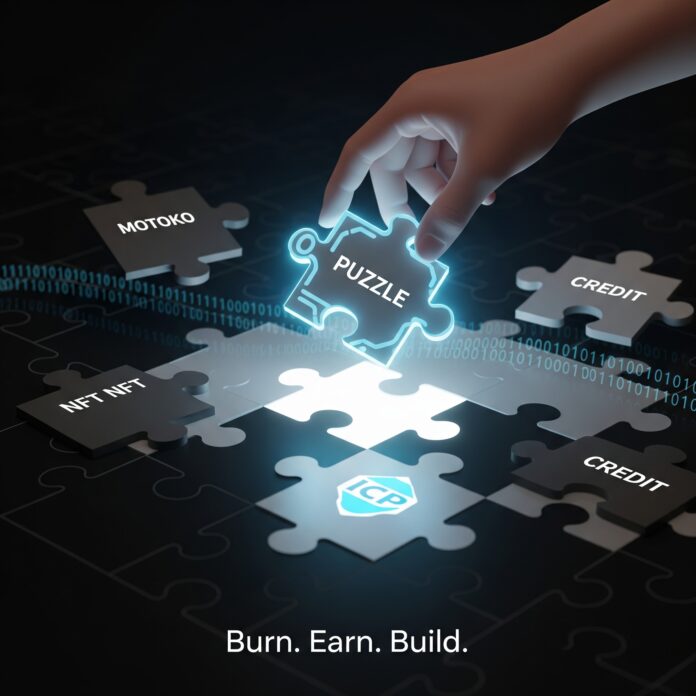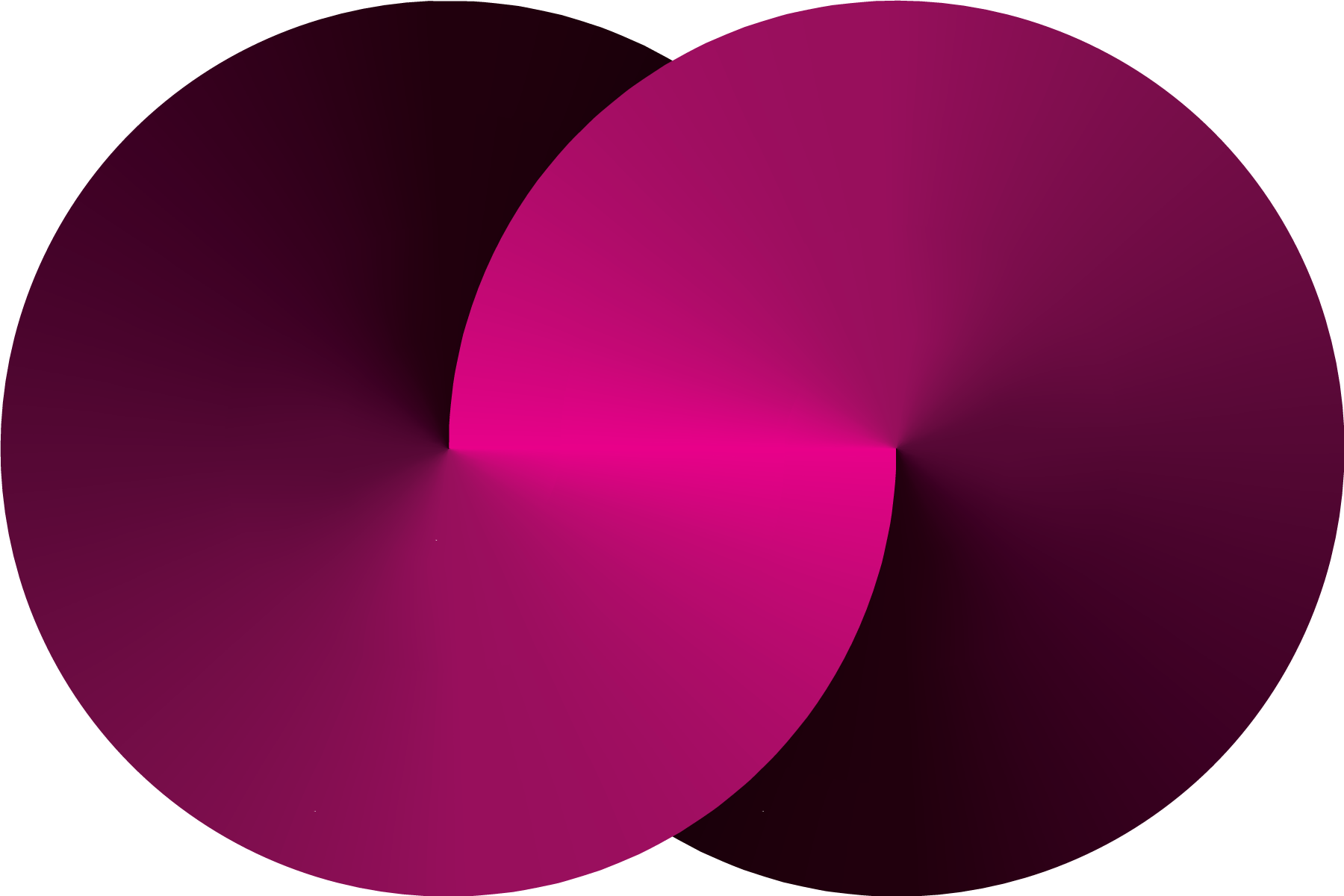There’s a new drop on Internet Computer and it’s doing things differently—from the name to the concept to the community it hopes to build. PUZZLE, as it’s been introduced, isn’t a token you can easily define. That’s kind of the point. It’s part experiment, part open invitation, part slow burn. It’s being framed as a movement rather than a project, with token mechanics that involve destroying other NFTs or tokens like Motokoins and CREDITS to receive PUZZLE tokens in return. So far, there’s no hype campaign, no sharp-edged whitepaper, and no promises of overnight gains. Just a casual, open-ended proposal: burn something to get a piece, see where it goes.
The creator behind PUZZLE isn’t a big-name studio or an accelerator-backed startup. It’s an individual from the ICP community—a self-described creator who’s more interested in merging art and technology than turning heads with financial models. And that makes PUZZLE’s tone and timing feel oddly fitting. While most new SNS launches are finance-heavy or roadmap-driven, this one is more introspective. The language is more zine than pitch deck, and the intent is rooted in process, not outcome.
Right now, the only concrete utility is the burn-and-receive mechanic. NFT holders can destroy existing assets in exchange for PUZZLE tokens. That’s it. No big reveal, no launchpad fanfare. It’s the kind of drop that doesn’t try to explain everything upfront—just gives you a doorway and sees who walks through. Whether it’s art, tech, or curiosity that drives someone to test it out, the choice is left open.
The larger goal, if there is one, seems to be crafting a space on Internet Computer that leans into creativity over finance. The creator mentions wanting to build a brand around their art and apps and slowly shape that brand into a DAO. It’s not an overnight transformation. It’s a work-in-progress idea about community, contribution, and code that vibes more with indie builders than traditional NFT collectors chasing floor prices.
There’s a lot here that throws back to early crypto culture—burning tokens, creating something deliberately undefined, letting usage and participation decide the shape of the thing. But it’s not a nostalgia play either. PUZZLE is using ICP’s tech stack, pushing towards what the creator calls a ‘merge of art and tech’ that’s driven less by milestones and more by experimentation.
While most platforms try to be slick and polished from day one, PUZZLE’s strength might be in its rough edges. The creator speaks directly to other self-taught devs and artists, those doing the work alone, without funding or backing. The message is clear: if you’re building weird stuff for the love of it, you’re not alone here. PUZZLE wants to be that gathering point—maybe not to solve everything, but to connect some like-minded people who might build together.
There’s also a subtle commentary woven into the project. While many SNS-based projects have positioned themselves around finance, PUZZLE floats a question—what if SNS was used for art instead? What if the tools being built for decentralised governance were shaped by creative communities and not just liquidity pools? That idea alone nudges the conversation somewhere fresh.
ICP as a network has been growing, but like many tech-forward chains, its projects often skew towards developer tooling or DeFi. PUZZLE brings something more ambient. It doesn’t fight for attention. It floats around as an idea and lets those interested piece it together. It’s an open thread for people who like to experiment and don’t need a full explanation before getting involved.
The site itself, puzzledao.co, is sparse but functional. You won’t find a long manifesto or roadmap. What you will find is a way to burn an NFT, grab a PUZZLE token, and start engaging with something still in motion. That sense of movement—imperfect, incomplete—is baked into the tone. It’s slow by design, and openly welcoming to those who want to explore without pressure.
It’s also trying to give older or unused NFTs a second life, in a way. By letting holders burn dormant assets in exchange for PUZZLE tokens, there’s a slight revaluation of what’s considered useful. Instead of letting an NFT gather dust, it can become a key to join something else. It’s a symbolic action that doubles as a contribution. The burn becomes the entry point.
There’s no formal community structure yet, but the creator is calling for artists, builders, coders and collectors to get involved—no applications, no gates, just an invitation to become one of the “pieces.” Whether or not that ends up forming a DAO or a proper ecosystem is beside the point right now. The emphasis is on play, on expression, on seeing what might grow from a basic idea that others can shape.
One thing that sets PUZZLE apart is how little it tries to define itself. That might frustrate people looking for clarity or metrics, but it gives space for others to define its shape through participation. It’s a rare move these days, especially in a space driven by launches, milestones, and investor decks. Here, ambiguity is the vibe. And for a creative-first movement, that might be the right call.
This isn’t a rallying cry for mass adoption or viral traction. It’s an open sketch, sketched in pixels, tokens, and code. If you burn an NFT to get in, you’re not promised a yield or a badge. You’re just invited to see what happens next. Whether that means building something, collecting something, or watching something unfold—there’s space for all of it.
What PUZZLE proves, or tries to, is that the tech underpinning blockchains can serve more than just capital flows. It can be a canvas, a toolkit, or even just a starting point for something slightly different. Sometimes that’s the only push people need.
And maybe that’s the message underneath all of this. You don’t need a team, a budget, or a roadmap to try something. You can start with a weird idea and see who shows up. Sometimes all it takes is an open invitation and a strange little burn mechanic.
So if you’ve got an old NFT you don’t care about, and you’re curious what PUZZLE might become, there’s now a way in. And maybe, just maybe, you’re the piece that completes the next part.


